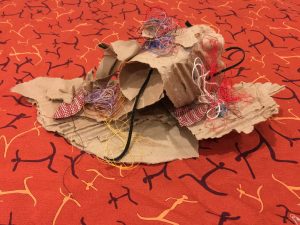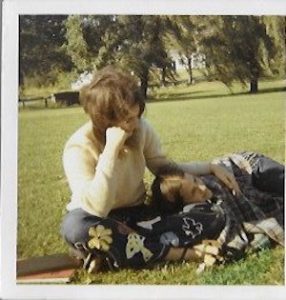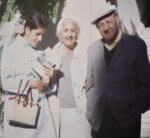
This summer our 5 year old is venturing out into the ocean but he needs to hold hands for support when the big waves hit. When the big wave approaches I say to him, “stand your ground, buddy” over and over again. My wish is that he remember this as metaphor for the rest of his life. As I say it to him over and over again, I am learning to stand my ground.
Boundaries are something that did not exist in many chaotic households, or they were held inconsistently. And I am finding that many of the people I work with have never experienced healthy, safe, flexible boundaries. As one person put it recently, “I either shut down completely behind my wall or I am wide open with my heart fully exposed”. The first approach is not a boundary but a defense and the second approach is a merging which is unhealthy and leads to co-dependency and loss of self.
Brene Brown has done the most beautiful work around boundaries that I have discovered. It came out of extensive research that she did. She wanted to know what qualities contributed to the most compassionate people. She began by interview clergy and other known types of compassionate people. Her hypothesis was that compassionate people were also spiritual people and that spirituality contributed to compassion. What she found out was very shocking to her and it might be to you too. She found that the most compassionate people are the people who have the best boundaries.
She uses the acronym BIG for her boundary discussion. BIG becomes an amazing question. Here is how it goes:
What Boundaries do I need so that I can be in my Integrity and be most Generous towards you?…




